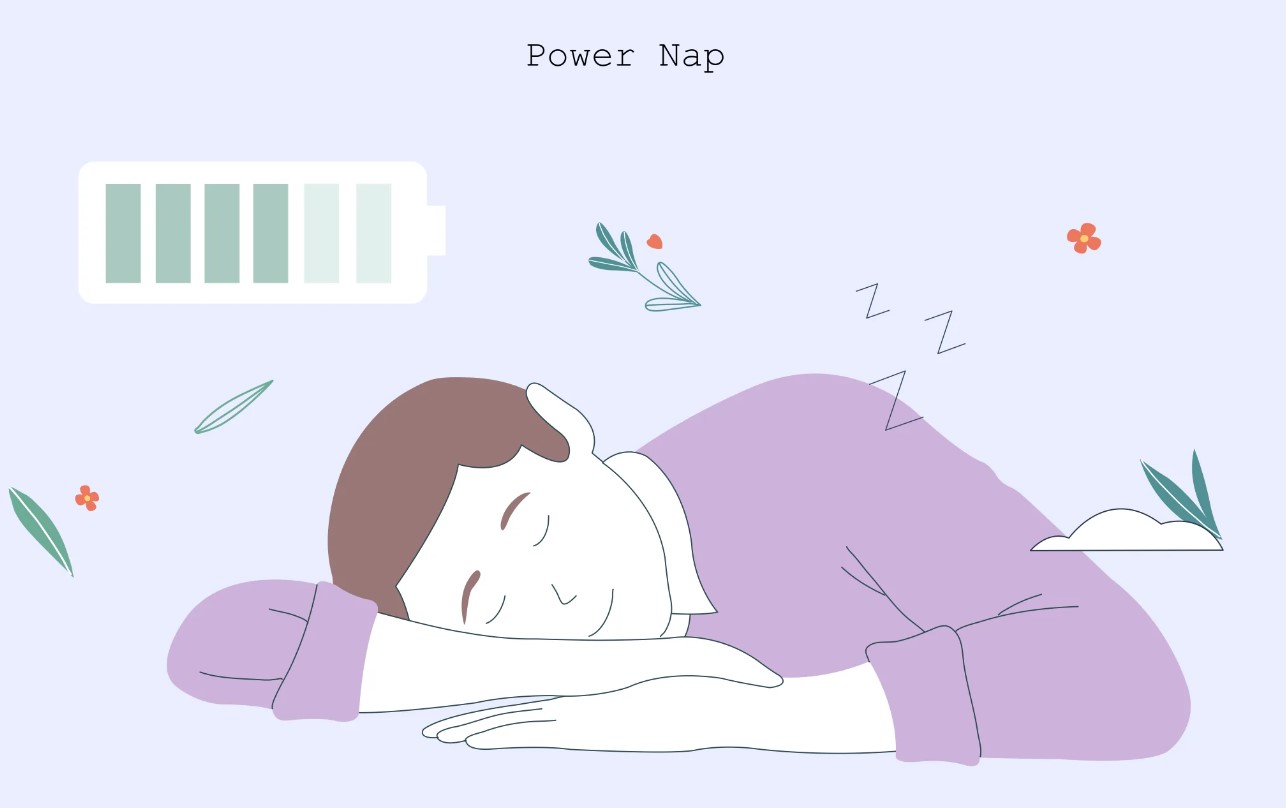The Science Behind Power Naps: Boost Your Energy and Focus
In the present speedy world, where efficiency is fundamental and burnout is a typical concern, tracking down viable procedures to re-energize and keep up with the center is fundamental. A power nap is a brief period of sleep that has a significant positive impact on mental and physical health. Yet, what precisely is the science behind power rests, and what might they do to support your energy and concentration? We should dive into the interesting universe of rest science and uncover the key to opening your maximum capacity through the specialty of snoozing.
Grasping the Force of Rest
Before we jump into the particulars of force rests, understanding the job of rest in our general well-being and prosperity is fundamental. Rest is a fundamental physiological interaction that permits the body to fix and revive itself, solidify recollections, and manage different physical processes. The absence of rest or unfortunate rest quality can unfavorably affect mental capability, temperament, and actual well-being.

The Power Nap: What Is It?
A power rest, otherwise called a catnap or a disco rest, is a short rest period enduring somewhere in the range of ten and thirty minutes. Power rests are arranged so they don’t cause rest inactivity, which is the inclination to be drowsy when you awaken from a profound rest. Instead, they give you the most benefit possible. Rather than longer rests or full-length rest cycles, this can leave you feeling sluggish or confused.
The Science Behind Power
Rests, All in all, what makes power rests so successful at supporting energy and concentration? The critical lies in the manner they influence our rest cycles and mind actions. During a power rest, you enter a phase of rest known as stage 2 non-fast eye development (NREM) rest. Slower brain waves and less muscle activity during this stage make it easier to fall asleep and wake up quickly. Moreover, power rests have been displayed to work on mental capability, memory, and mindset. Research has found that even a short rest can improve readiness, fixation, and response time, making it an important instrument for people hoping to streamline their presentation during the day.
Moreover, power rests have been displayed to work on mental capability, memory, and mindset. Research has found that even a short rest can improve readiness, fixation, and response time, making it an important instrument for people hoping to streamline their presentation during the day.

Benefits of Power Naps
- Enhanced Cognitive Performance: It has been demonstrated that power naps improve memory, learning, and problem-solving abilities.
- Expanded Sharpness: It can be easier to stay focused and productive throughout the day to take a brief nap, which can help combat drowsiness and increase alertness.
- Boosted Mood: Power rests have mindset-supporting impacts, lessening sensations of crabbiness, stress, and weariness.
- Stress Decrease: Laying down for normal power rests can assist with bringing down degrees of cortisol, the pressuring chemical, advancing unwinding, and generally prosperity.
- Better Actual Wellbeing: Sufficient rest, including power rests, is fundamental for keeping up with ideal actual well-being, supporting insusceptible capability, and lessening the gamble of persistent infections.
Power Napping in the Workplace
Notwithstanding individual practices, it’s important that a few nations have embraced the idea of force rests in the work environment, perceiving their likely advantages for efficiency and representative prosperity. For instance, in Japan, the way of life of force resting, known as “inemuri,” or dozing while present, is generally acknowledged and, surprisingly, empowered in specific workplaces. Organizations, for example, tech monster Google and furniture retailer Ikea have likewise presented rest units or assigned rest regions in their workplaces to furnish representatives with a space to re-energize during the typical business day. The growing recognition of the significance of rest and rejuvenation in fostering a healthy and long-lasting work environment is reflected in these initiatives.

Tips for Successful Power Napping
- Keep it Short: Go for the gold length of 10 to 30 minutes to abstain from entering profound rest and awakening feeling languid.
- Track down a Peaceful, Dim Climate: Establish a rest-accommodating climate by limiting commotion and light to assist with working with unwinding and rest beginning.
- Time it Right: Plan your power rest for the mid-evening, when energy levels will quite often plunge, to boost its reviving impacts.
- Practice Unwinding Procedures: Before taking a nap, incorporate techniques that help the body and mind relax, such as progressive muscle relaxation or deep breathing.
- Be Reliable: Make power resting a customary piece of your everyday daily schedule to reliably encounter its full advantages.
- Pay attention to Your Body: Focus on your body’s signs and signals concerning resting. On the off chance that you’re feeling drained or drowsy, honor those sentiments and allow yourself to sleep, regardless of whether it’s only for a couple of moments. You can make the timing and length of your power naps more effective by trusting your body’s natural rhythms.
- Be Patient and Industrious: Like any new propensity, integrating power rests into your routine might take a period and trial and error to consummate. Show restraint toward yourself as you change under this new practice, and cheer up if you don’t see prompt outcomes. Remain constant and focused on your power resting schedule, and you’ll before long receive the benefits of further developed energy.
- Explore different avenues regarding Rest Lengths: While the ideal length for a power rest is normally between 10 to 30 minutes, everybody’s rest needs and inclinations are unique. Try different things with various rest lengths to find what turns out best for yourself and gives the best advantages regarding energy and concentration.
- Try not to Rest Past the point of no return in the Day: Napping too late or too long in the day can make it hard to fall asleep at night and throw off your usual sleep schedule. To avoid disrupting your circadian rhythms and nighttime sleep, plan your power nap for the early to midday hours.
- Join with Other Rest Cleanliness Practices: Integrating power rests into your general rest cleanliness routine can upgrade their viability and advance better rest quality by and large. Pursue great rest routines, for example, keeping a predictable rest plan, making a loosening up sleep schedule, and enhancing your rest climate for ideal rest.
Conclusion:
All in all, the science behind power rests offers undeniable proof for their adequacy in supporting energy, upgrading centers, and working on general prosperity. By taking advantage of the normal rhythms of rest and understanding what power rests mean for our mental capability and physiology, we can saddle the groundbreaking force of rest to improve our presentation and lead additional satisfying lives.
Therefore, don’t be afraid to take a power nap the next time you notice that you’re losing motivation or finding it hard to concentrate. Your body, brain, and efficiency levels will thank you for it.
Writer
Sanjida Akter
Intern, Content Writing Department
Requin BD





46 Comments
Daniella3719
February 15, 2024
The Beatles – легендарная британская рок-группа, сформированная в 1960 году в Ливерпуле. Их музыка стала символом эпохи и оказала огромное влияние на мировую культуру. Среди их лучших песен: “Hey Jude”, “Let It Be”, “Yesterday”, “Come Together”, “Here Comes the Sun”, “A Day in the Life”, “Something”, “Eleanor Rigby” и многие другие. Их творчество отличается мелодичностью, глубиной текстов и экспериментами в звуке, что сделало их одной из самых влиятельных групп в истории музыки. Музыка 2024 года слушать онлайн и скачать бесплатно mp3.
أنابيب HDPE
September 21, 2024
قنوات الكابلات الكهربائية (المعدنية) يفخر مصنع إيليت بايب في العراق بتقديم قنوات الكابلات الكهربائية (المعدنية) ذات الجودة العالية، المصممة لتوفير قوة وحماية فائقة لأنظمة الأسلاك الكهربائية. تم تصميم قنواتنا المعدنية لتحمل الظروف القاسية، مما يوفر حماية قوية ضد الصدمات الميكانيكية والتداخل الكهرومغناطيسي. مثالية للتطبيقات الشديدة، هذه القنوات ضرورية لضمان سلامة وموثوقية التركيبات الكهربائية. كأحد الأسماء الرائدة في الصناعة، يتميز مصنع إيليت بايب بجودة عالية وموثوقية في إنتاج القنوات المعدنية التي تلبي أقسى المعايير. اكتشف المزيد على موقعنا: elitepipeiraq.com.
kalorifer sobası
September 28, 2024
Keep up the fantastic work!
truck scale repair Iraq
November 30, 2024
BWER Company is Iraq’s leading supplier of advanced weighbridge systems, offering reliable, accurate, and durable solutions for industrial and commercial needs, designed to handle heavy-duty weighing applications across various sectors.
truck scale manufacturers in Iraq
November 30, 2024
BWER sets the standard for weighbridge excellence in Iraq, offering innovative, reliable systems and dedicated support to ensure optimal performance and client satisfaction.
جهاز قياس وزن الشاحنة العراق
December 15, 2024
BWER Company is Iraq’s leading supplier of advanced weighbridge systems, offering reliable, accurate, and durable solutions for industrial and commercial needs, designed to handle heavy-duty weighing applications across various sectors.
homilist
February 20, 2025
eZLbupyVf45
binance
February 20, 2025
Thanks for sharing. I read many of your blog posts, cool, your blog is very good.
nictitant
February 21, 2025
wKcpwK1zcCu
lingerie
February 21, 2025
Menwi50qHNs
taciti
February 21, 2025
UpIfutFTYnx
genies
February 21, 2025
mVlzewfLG8j
saltoed
February 21, 2025
YIiieWdIQNb
curae
February 21, 2025
eN8PcU5Il5A
transmigrant
February 21, 2025
xtcO95JVDWg
クンニリングス ポルノの
February 21, 2025
2HCEgDbd66f
Royalty
February 21, 2025
Kupu8PTXbZX
wooned
February 21, 2025
ystH67I0d8J
indigency
February 21, 2025
rMaMFyJDgn9
bildungsromane
February 21, 2025
8sIgORpQsOF
gangnam style!
February 21, 2025
Vq5yAVilIEW
econometrist
February 21, 2025
rOI4OwnvhWp
緊縛ポルノ
February 21, 2025
EVSMUbYvFPa
heliocentric
February 21, 2025
3c1rtEhkfgd
gaucher
February 21, 2025
0E0hurw8ELy
grews
February 21, 2025
cLnzf5950TW
hederal
February 21, 2025
3ixidODnbiQ
Bulgarian Fun Bags
February 21, 2025
rgS5RPhWtjs
panties
February 21, 2025
ijd695LJepo
implosive
February 21, 2025
vywI5McbZoN
cursus
February 21, 2025
rOXxQX91qDT
クンニリングス ポルノの
February 21, 2025
Cp7TozXiuUd
ut
February 21, 2025
jPwe80rWUqw
nominalised
February 21, 2025
ujvjUP7qU8t
omikron
February 21, 2025
zn2bbCtljRM
fouldered
February 21, 2025
OGcWUK0dZjR
infixations
February 21, 2025
KBI1xkJcwmR
ante
February 21, 2025
XZdwm6LDKxq
molestie
February 21, 2025
TWOWqVSVS35
vehicula
February 21, 2025
xhi8wtKc54g
buck naked
February 21, 2025
lMWS8PxrSa9
nude Jennifer Lopez
February 21, 2025
FiKvofHN0cU
tadpoles
February 21, 2025
49dcay1iDUh
www.binance.com
March 3, 2025
Can you be more specific about the content of your article? After reading it, I still have some doubts. Hope you can help me.
binance referans bonusu
March 5, 2025
Your point of view caught my eye and was very interesting. Thanks. I have a question for you. https://www.binance.info/en-IN/register?ref=UM6SMJM3
binance prijavnica
March 13, 2025
Thanks for sharing. I read many of your blog posts, cool, your blog is very good.